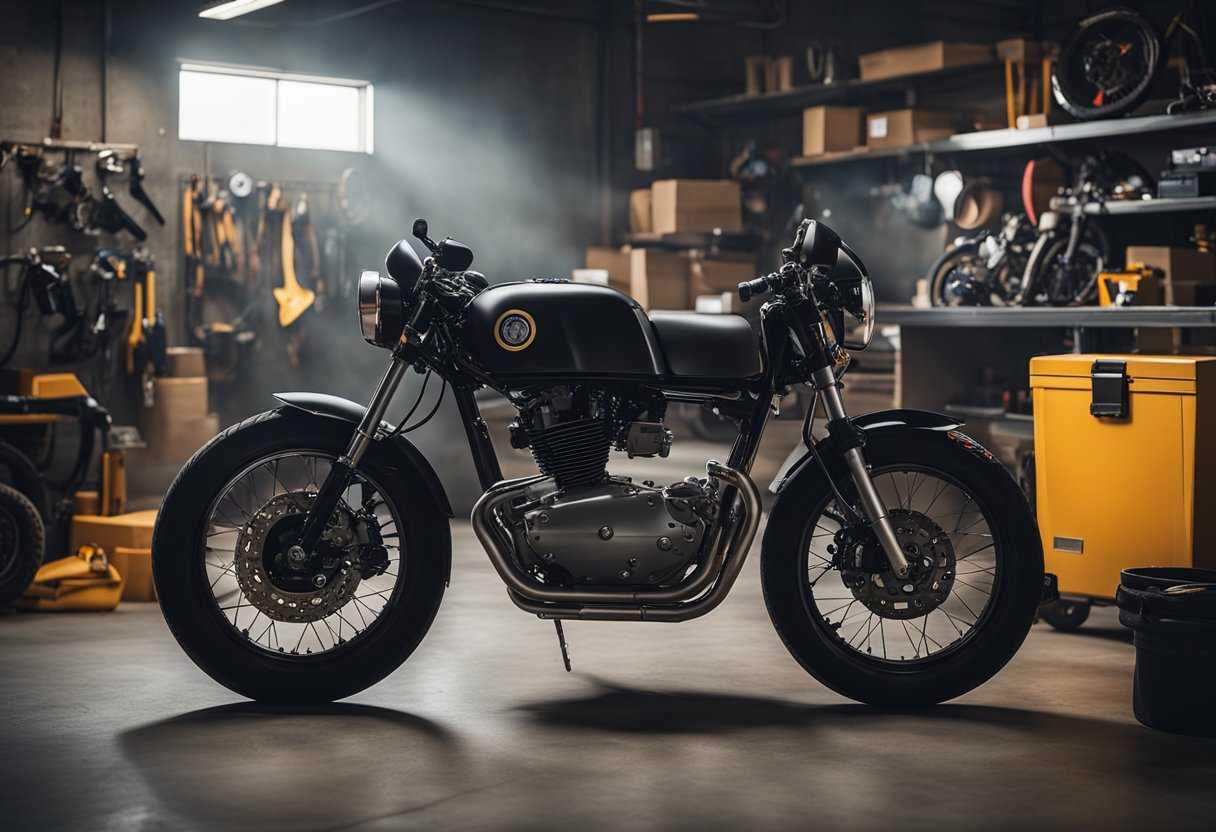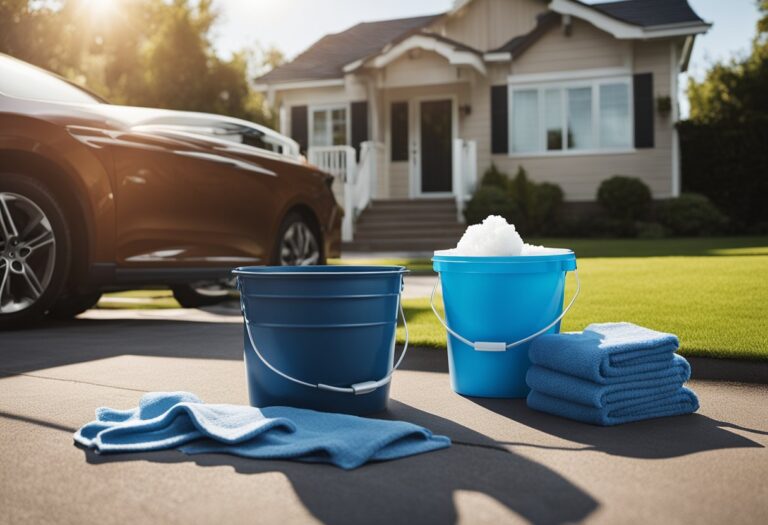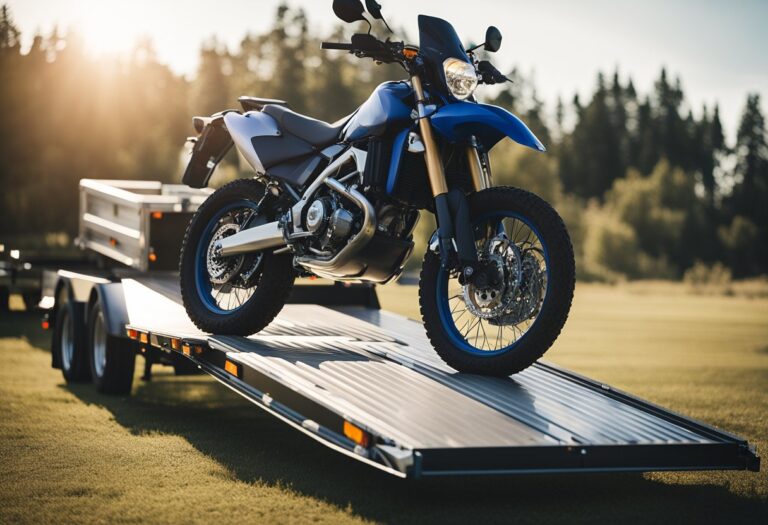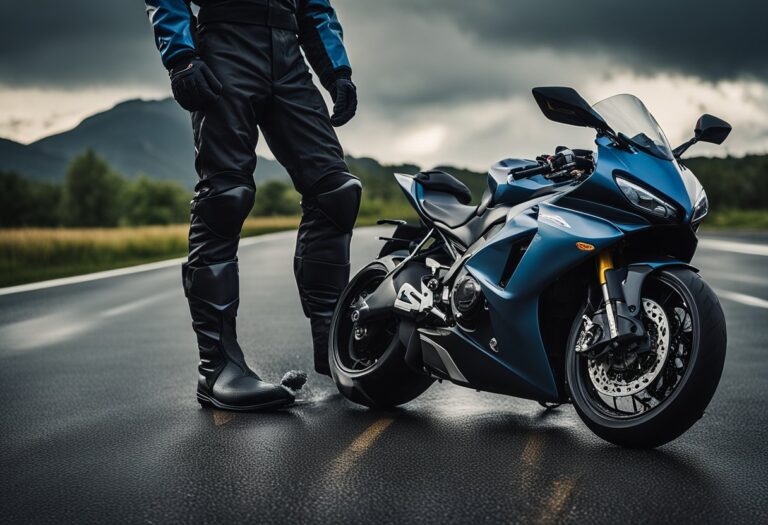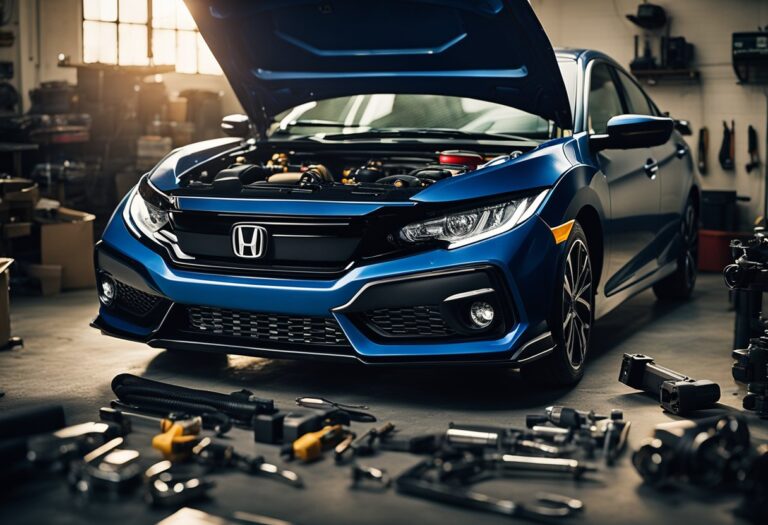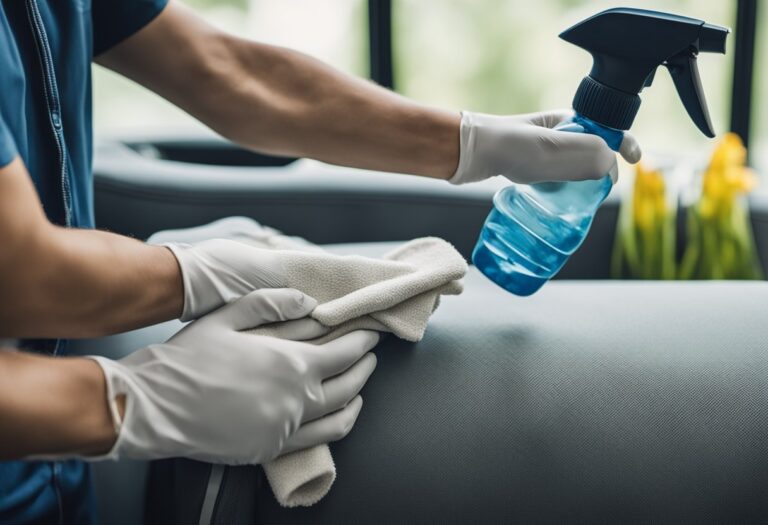Pre-Ride Motorcycle Inspection Checklist: A Comprehensive Guide
A pre-ride motorcycle inspection checklist is an essential tool for every rider. It ensures that the bike is in good condition and ready for the road. A thorough inspection can identify any potential issues before they become major problems. In this article, we will discuss the importance of a pre-ride inspection and provide a comprehensive checklist to help you stay safe on the road.

General safety checks are the first step in any pre-ride inspection. These checks include examining the tires for damage or wear, testing the brakes, and checking the lights. Mechanical components such as the engine, transmission, and clutch should also be inspected for leaks, loose bolts, or any other issues. Control systems such as the throttle, clutch, and brakes should be checked to ensure they are functioning correctly. The stand and frame should also be assessed for any damage or wear.
Before hitting the road, there are a few final preparations that should be made. These include checking the oil and fuel levels, adjusting the mirrors, and ensuring that all necessary documents are with the rider. By following this pre-ride inspection checklist, riders can ensure that their motorcycles are in top condition and ready for the road ahead.
Key Takeaways
- A pre-ride motorcycle inspection checklist is essential for ensuring rider safety.
- The checklist should include general safety checks, mechanical component inspections, control system overviews, and stand and frame assessments.
- Final preparations such as checking oil and fuel levels and ensuring all necessary documents are with the rider are also important.
General Safety Checks

Before hitting the road, it’s important to perform a thorough pre-ride inspection of your motorcycle. This includes a series of general safety checks to ensure that your bike is in good condition and safe to ride. Here are some of the most important things to check:
Fuel Level and Leaks
Make sure that your motorcycle has enough fuel for your journey. Check the fuel level gauge or dipstick, and top up if necessary. It’s also important to check for any fuel leaks, which can be a serious safety hazard. Inspect the fuel tank, fuel lines, and carburetor for any signs of leaks, such as wet spots or drips.
Oil and Coolant Levels
Check the oil and coolant levels in your motorcycle’s engine. Low levels can cause serious damage to the engine and reduce its lifespan. Use the dipstick to check the oil level, and add more if necessary. For the coolant, check the level in the reservoir and top up if needed.
Tire Condition and Pressure
Check the condition of your motorcycle’s tires, including the tread depth and any signs of wear or damage. It’s also important to check the tire pressure, as underinflated or overinflated tires can affect your bike’s handling and stability. Use a tire pressure gauge to check the pressure, and adjust as needed.
Brake System Functionality
Check the functionality of your motorcycle’s brakes. Test the front and rear brakes separately, and make sure they respond quickly and smoothly. Check the brake pads for wear and replace them if necessary.
Lights and Signals Operation
Ensure that all of your motorcycle’s lights and signals are working properly. Test the headlight, taillight, brake light, turn signals, and horn. Replace any bulbs that are burned out or not working.
Mirrors and Reflectors
Check the mirrors and reflectors on your motorcycle. Make sure they are clean and properly aligned, and that they provide a clear view of the road behind you. Clean or replace any mirrors or reflectors that are dirty or damaged.
By performing these general safety checks before each ride, you can help ensure that your motorcycle is in good condition and safe to ride.
Mechanical Components Inspection

Suspension and Shocks
Before starting a ride, it is important to check the suspension and shocks of the motorcycle. The rider should inspect the shocks for any signs of wear and tear, leaks, or damage. The suspension should be checked for proper alignment and adjusted if necessary. If the suspension is not properly aligned, it can affect the handling and stability of the motorcycle.
Chain or Belt Tension
A loose or tight chain or belt can cause serious problems while riding. The rider should check the chain or belt tension before every ride. If the chain or belt is too loose, it can cause the motorcycle to lose power or even come off the sprocket. On the other hand, if it is too tight, it can cause excessive wear and tear on the components.
Cables and Hoses Condition
The rider should inspect all cables and hoses for any signs of wear and tear, leaks, or damage. The cables and hoses should be checked for proper alignment and adjusted if necessary. Any damaged or worn cables or hoses should be replaced immediately to avoid any potential problems while riding.
Battery Performance
The battery is an essential component of the motorcycle. The rider should check the battery performance before every ride. The battery should be fully charged and the terminals should be clean and free of any corrosion. If the battery is not performing properly, it can cause problems while riding, such as stalling or loss of power.
In summary, a pre-ride inspection of the mechanical components of the motorcycle is crucial for a safe and enjoyable ride. By checking the suspension and shocks, chain or belt tension, cables and hoses condition, and battery performance, the rider can ensure that the motorcycle is in good working order and avoid any potential problems while riding.
Control Systems Overview

Throttle Responsiveness
The throttle is a control system that regulates the engine’s power output. It is essential to check the throttle’s responsiveness before a ride. The rider should twist the throttle and observe the engine’s response. If there is a delay in the engine’s acceleration, it might indicate a problem with the throttle cable or the carburetor.
Clutch and Gearbox Operation
The clutch and gearbox are critical control systems that allow the rider to change gears and control the motorcycle’s speed. The rider should ensure that the clutch lever is correctly adjusted and that the gearbox shifts smoothly. Any unusual noise or resistance while shifting gears should be investigated further.
Handlebars and Steering
The handlebars and steering system control the direction of the motorcycle. The rider should ensure that the handlebars are securely attached to the motorcycle and that the steering is responsive. Any looseness or wobbling in the handlebars or steering system should be addressed before riding.
In conclusion, a thorough inspection of the control systems is essential to ensure safe motorcycle operation. By following the pre-ride inspection checklist, the rider can identify and address any potential issues before hitting the road.
Stand and Frame Assessment

Side and Center Stand Integrity
Before embarking on a motorcycle ride, it is important to check the integrity of the side and center stands. A loose or damaged stand can cause the motorcycle to fall over, leading to potential damage or injury.
To assess the side stand, the rider should ensure that it deploys and retracts smoothly. They should also check that the stand is secure and not wobbly. Additionally, the rider should check that the stand is not bent or cracked, as this can compromise its strength.
The center stand should also be checked for stability. The rider should ensure that the stand deploys and retracts smoothly and that it is not loose or wobbly. They should also check that the stand is not bent or cracked, as this can affect its strength.
Frame and Fairing Inspection
The frame and fairing of a motorcycle are crucial components that require careful inspection before every ride. A damaged frame or fairing can compromise the structural integrity of the motorcycle, leading to potential safety hazards.
To assess the frame, the rider should check for any visible signs of damage, such as cracks or dents. They should also ensure that the frame is not bent, as this can affect the handling of the motorcycle.
The fairing should also be checked for any visible signs of damage. The rider should ensure that the fairing is securely attached and not loose or wobbly. Additionally, they should check that the fairing is not cracked or broken, as this can affect the aerodynamics of the motorcycle.
By performing a thorough stand and frame assessment before every ride, the rider can ensure that their motorcycle is safe and ready for the road.
Final Preparations

Rider Gear Check
Before hitting the road, it is important to ensure that the rider is equipped with proper gear. A quick checklist of rider gear includes a helmet, gloves, boots, jacket, and pants. It is recommended to wear gear that is made of abrasion-resistant materials and has armor on the impact zones. A full-face helmet with a clear visor is the safest option for protecting the rider’s head and face.
Emergency Toolkit Availability
In case of any unforeseen circumstances on the road, it is important to carry an emergency toolkit. The toolkit should include basic tools such as pliers, screwdrivers, and wrenches. It is also recommended to carry a tire repair kit, a first-aid kit, and a flashlight. The toolkit should be easily accessible and stored in a waterproof container.
By following these final preparations, riders can ensure a safe and enjoyable ride. It is always better to be over-prepared than under-prepared when it comes to riding a motorcycle.
Frequently Asked Questions

What essential items should be inspected on a motorcycle before every ride?
Before every ride, it is essential to inspect the tires, brakes, lights, and controls of your motorcycle. These items are critical for your safety and should be in good working condition before you hit the road.
What are the critical checkpoints in a T-CLOCS motorcycle inspection?
T-CLOCS stands for Tires and Wheels, Controls, Lights and Electrics, Oil and Other Fluids, Chassis, and Stands. These are the critical checkpoints in a comprehensive motorcycle inspection. Each component should be checked thoroughly to ensure that your motorcycle is safe to ride.
How can I perform a thorough pre-ride safety check on my motorcycle?
Performing a thorough pre-ride safety check on your motorcycle involves inspecting all the critical components of your motorcycle, including the tires, brakes, lights, controls, chassis, and stands. You should also check the oil and other fluids to ensure that they are at the proper levels.
What are the steps to ensure my motorcycle is roadworthy before a trip?
Before a trip, you should perform a comprehensive inspection of your motorcycle to ensure that it is roadworthy. This includes checking the tires, brakes, lights, controls, chassis, and stands. You should also check the oil and other fluids and make sure that they are at the proper levels. Additionally, you should pack essential tools and equipment, such as a tire repair kit and a first aid kit.
Which components should be examined for wear and tear during a motorcycle pre-ride inspection?
During a motorcycle pre-ride inspection, you should examine all the critical components of your motorcycle for wear and tear. This includes the tires, brakes, lights, controls, chassis, and stands. You should also check the oil and other fluids for any signs of leaks or contamination.
What fluids should be checked and topped off during a routine motorcycle inspection?
During a routine motorcycle inspection, you should check and top off the oil, coolant, brake fluid, and transmission fluid. These fluids are critical for the proper functioning of your motorcycle and should be at the proper levels before you hit the road.
